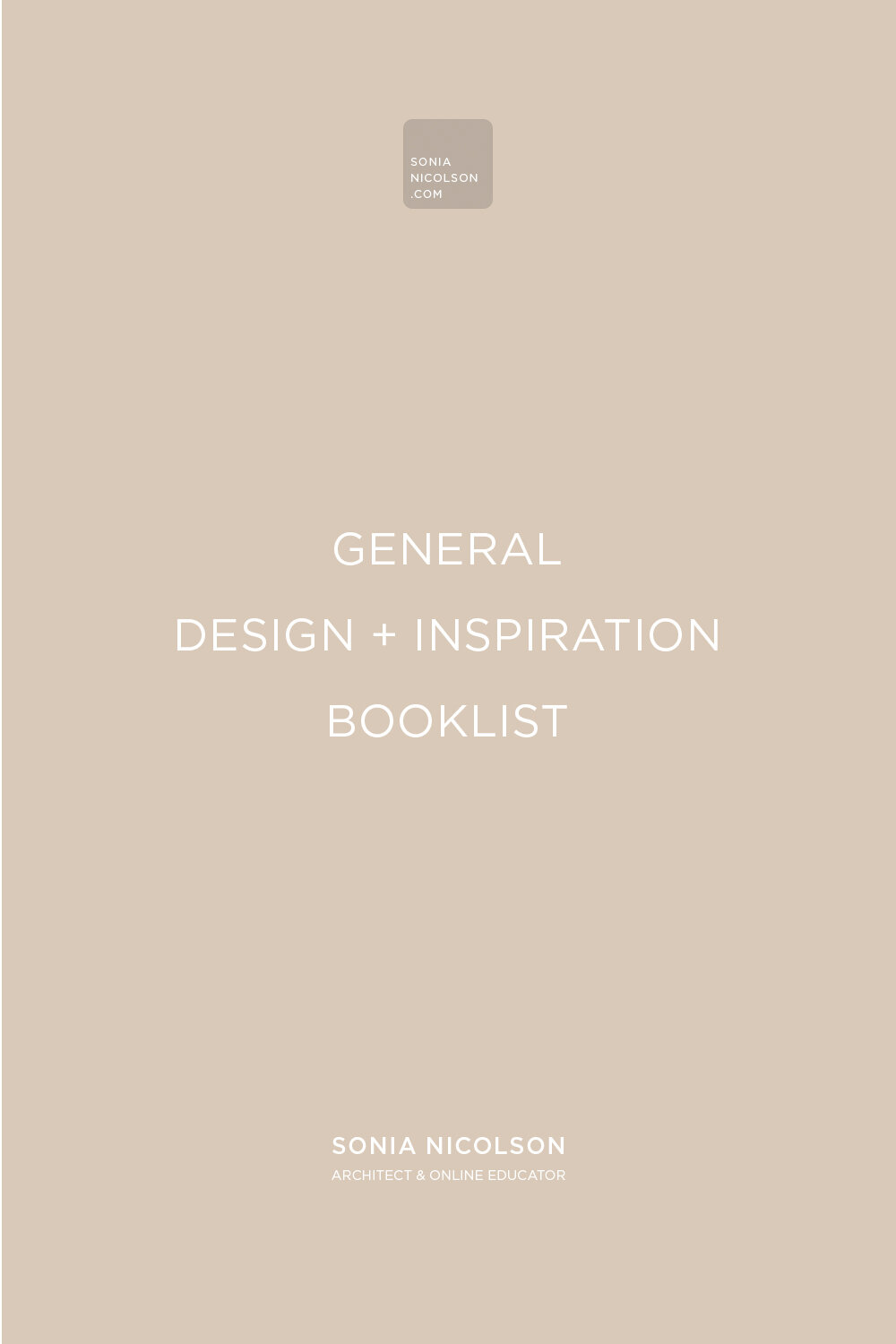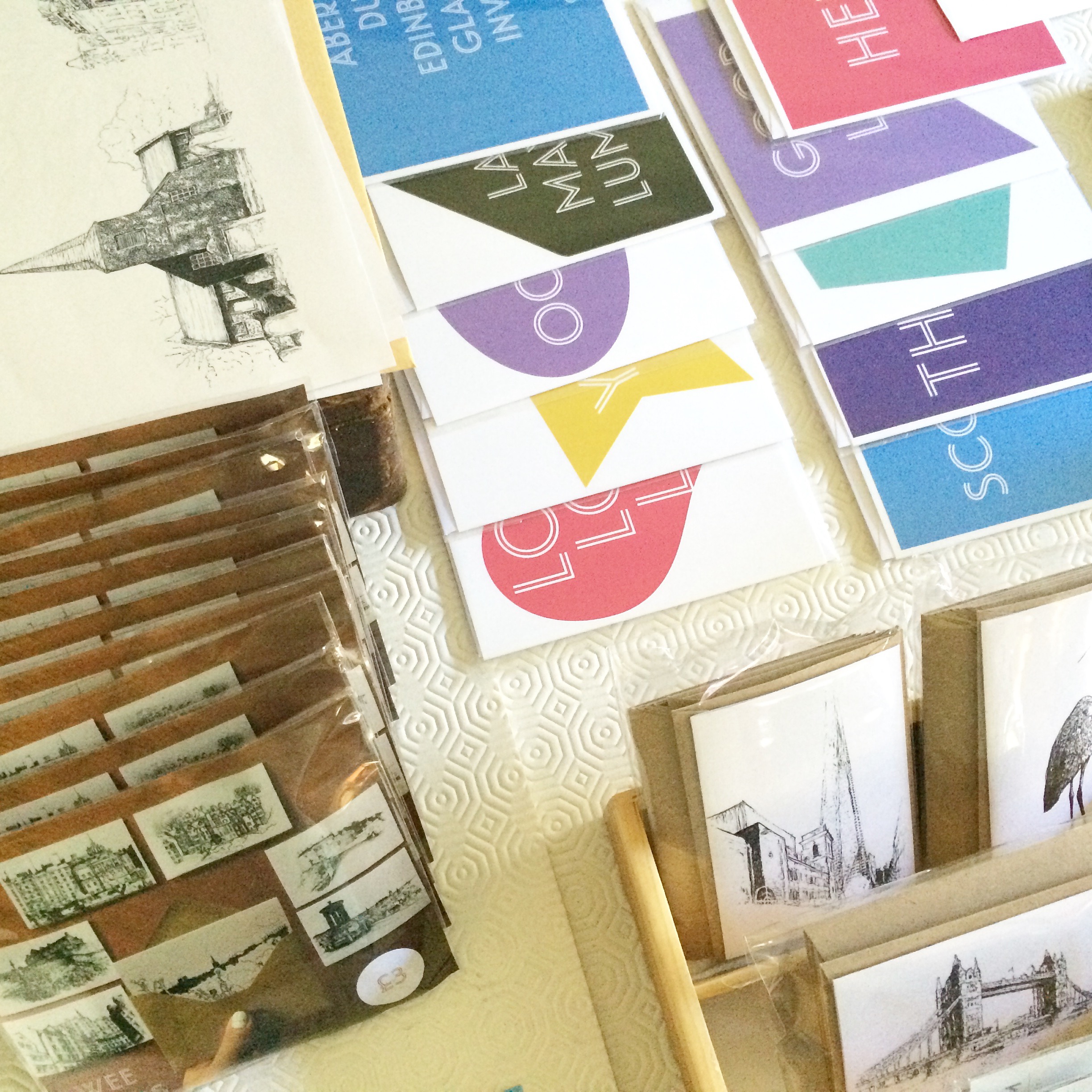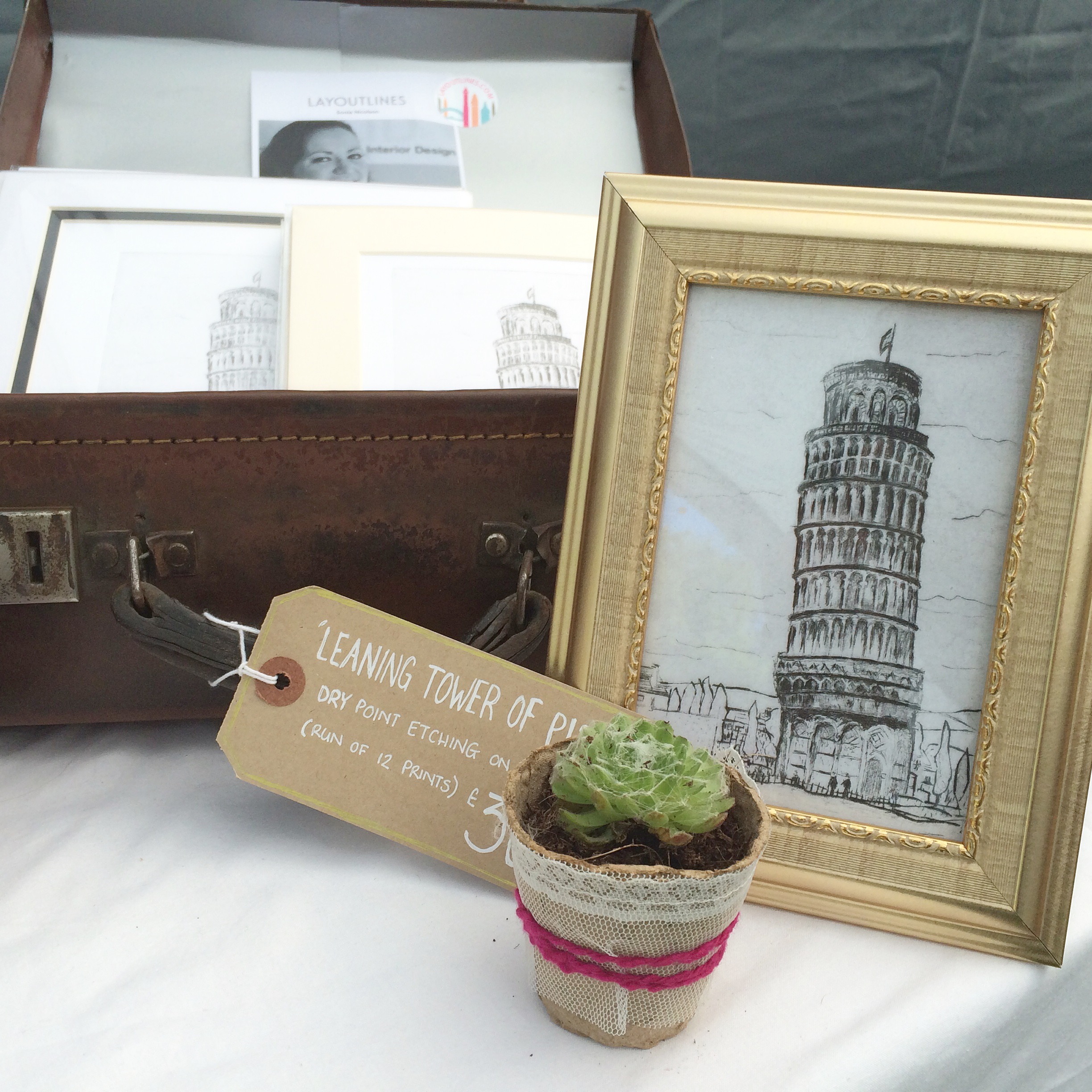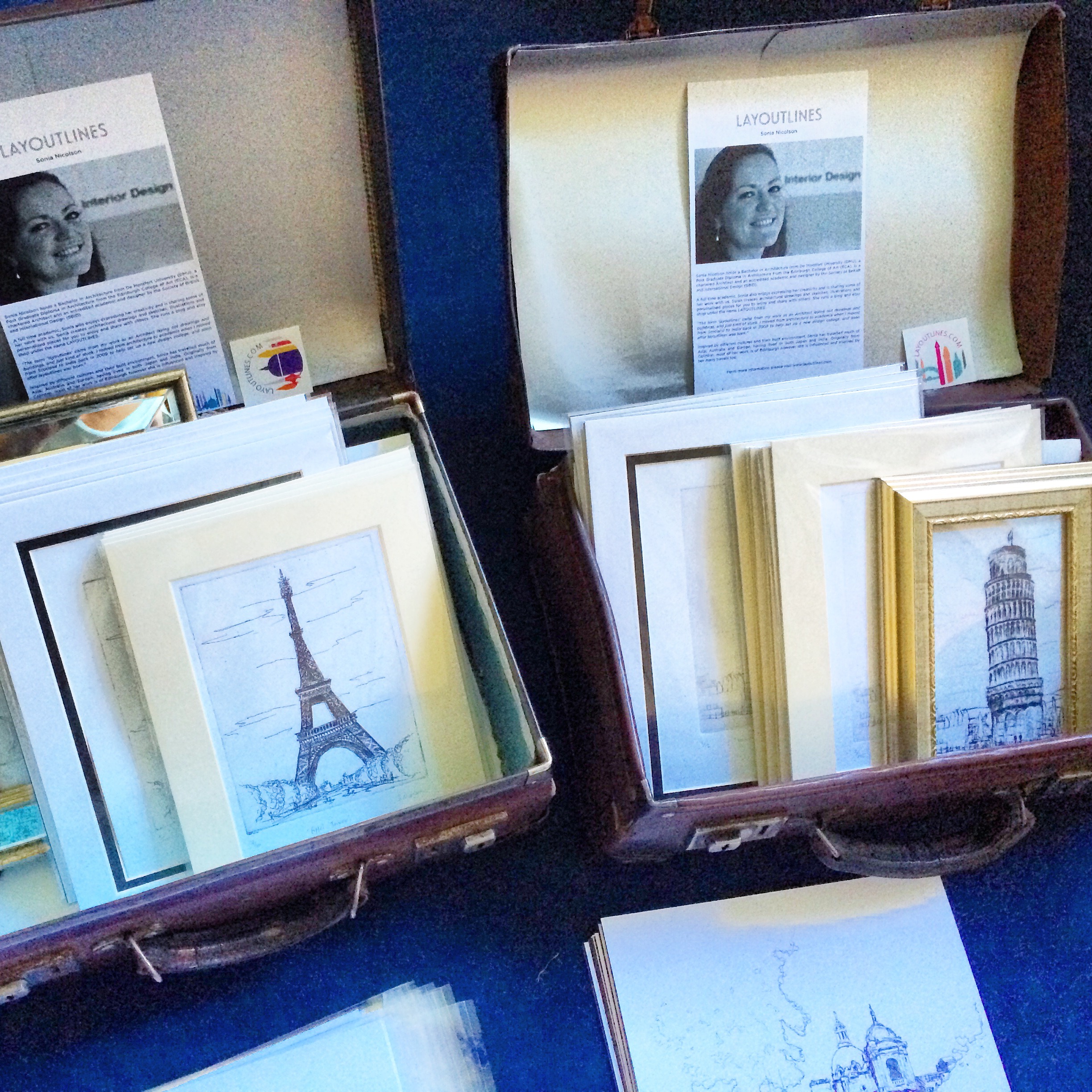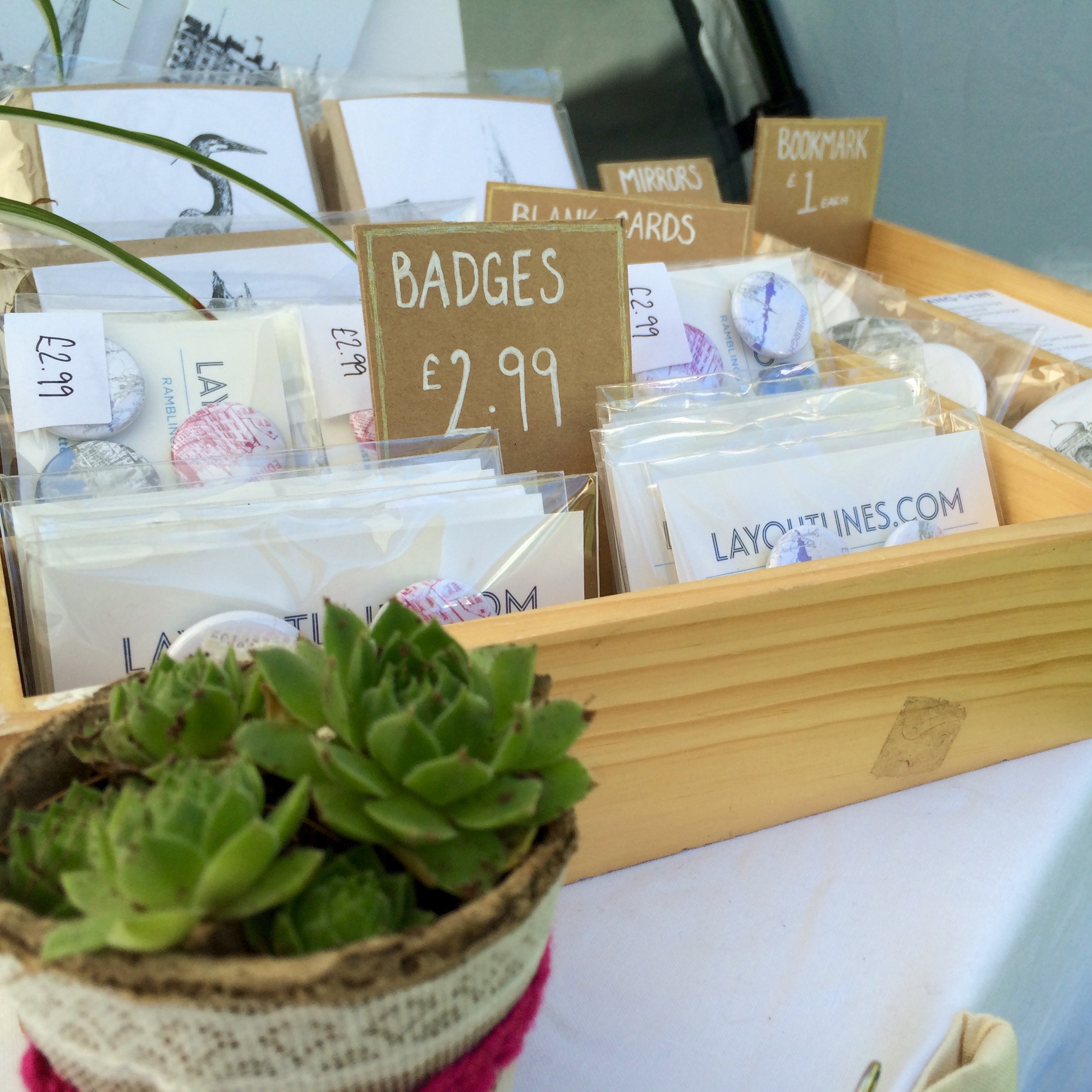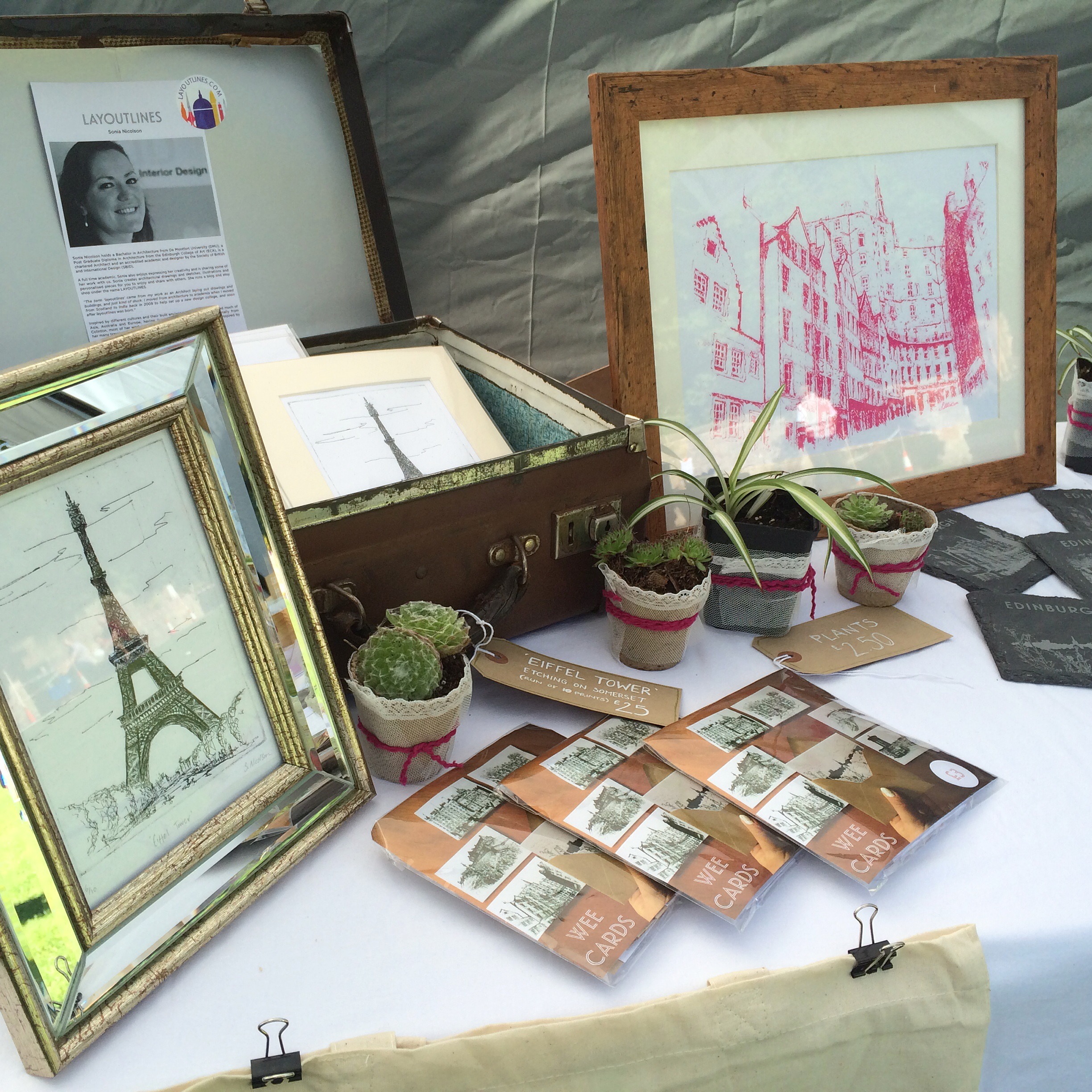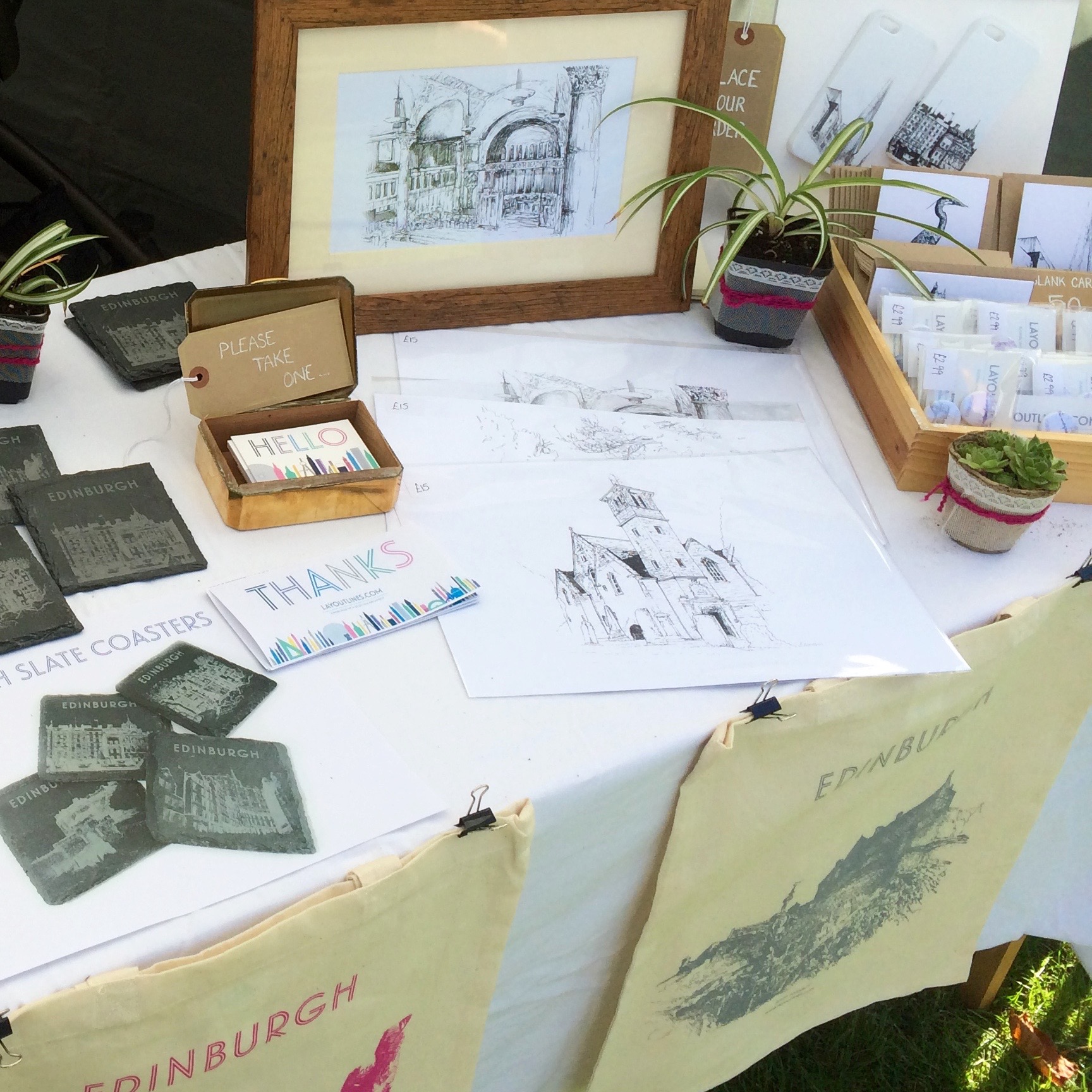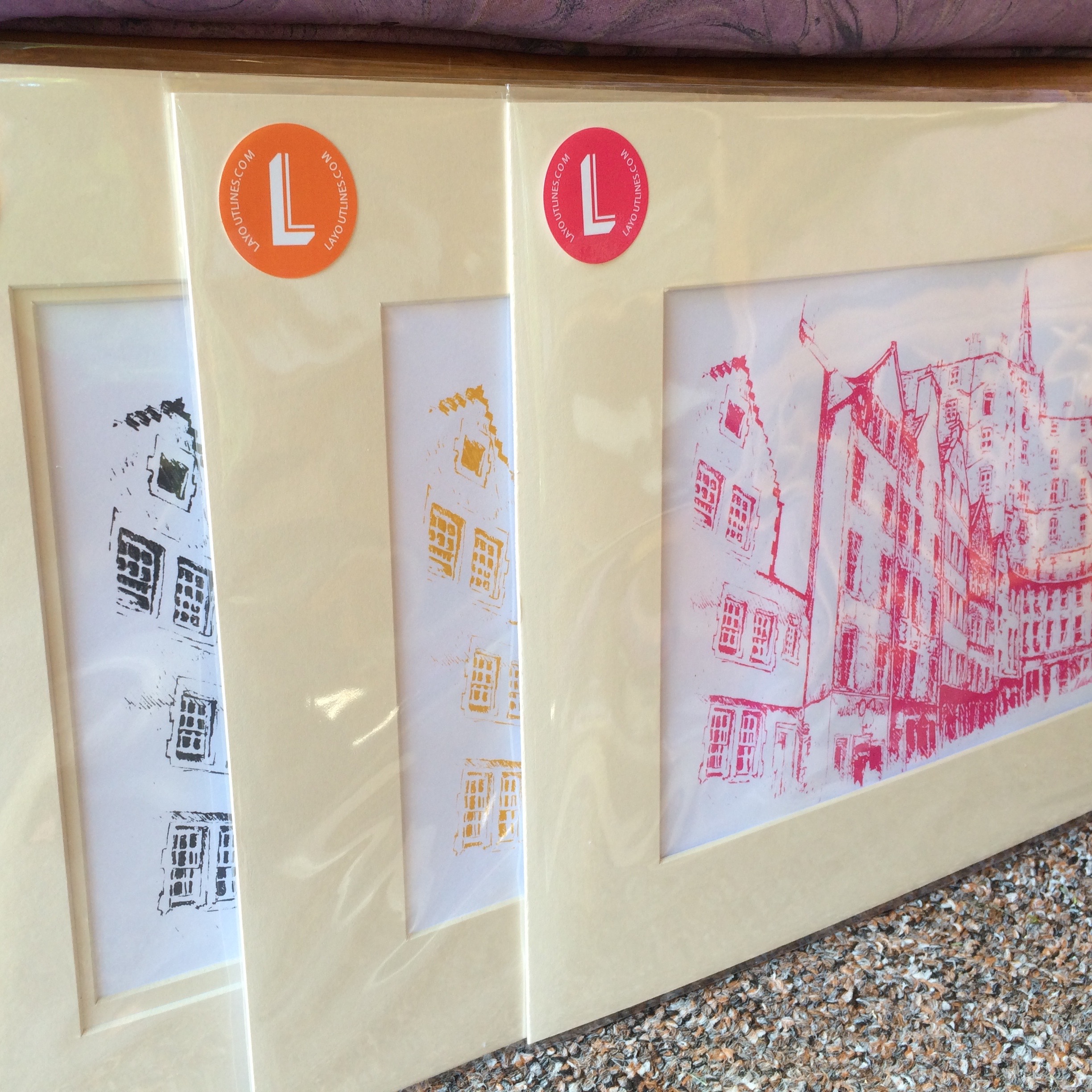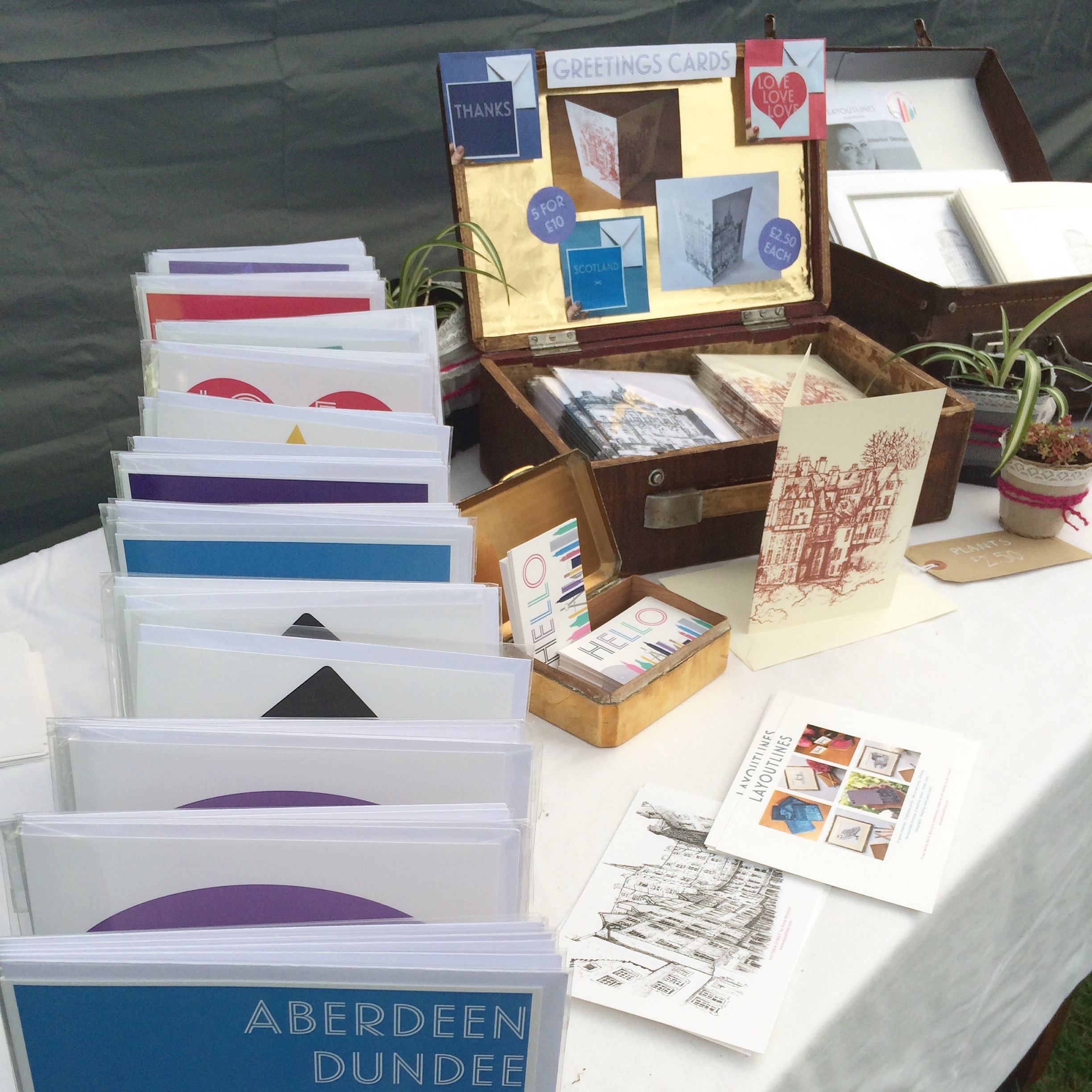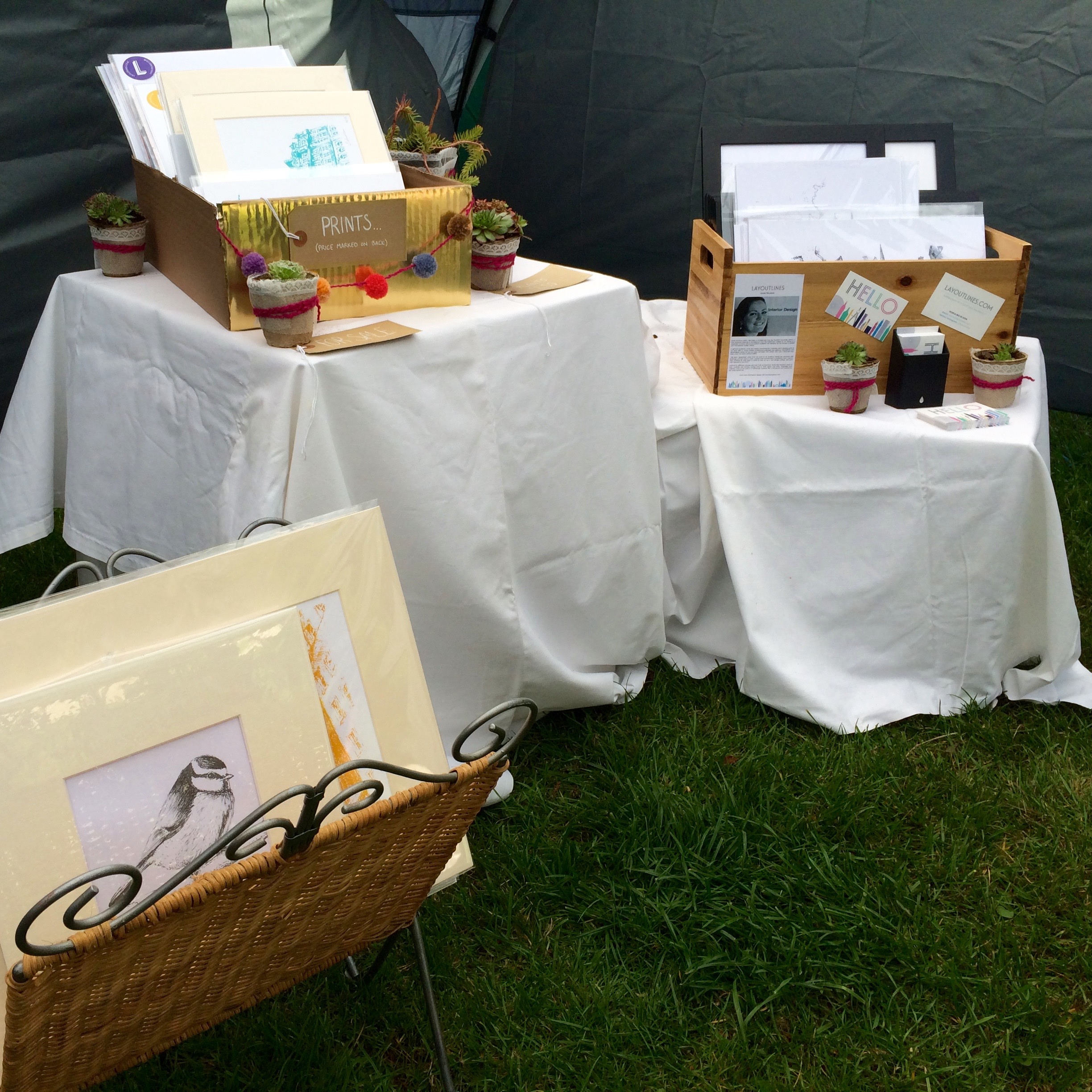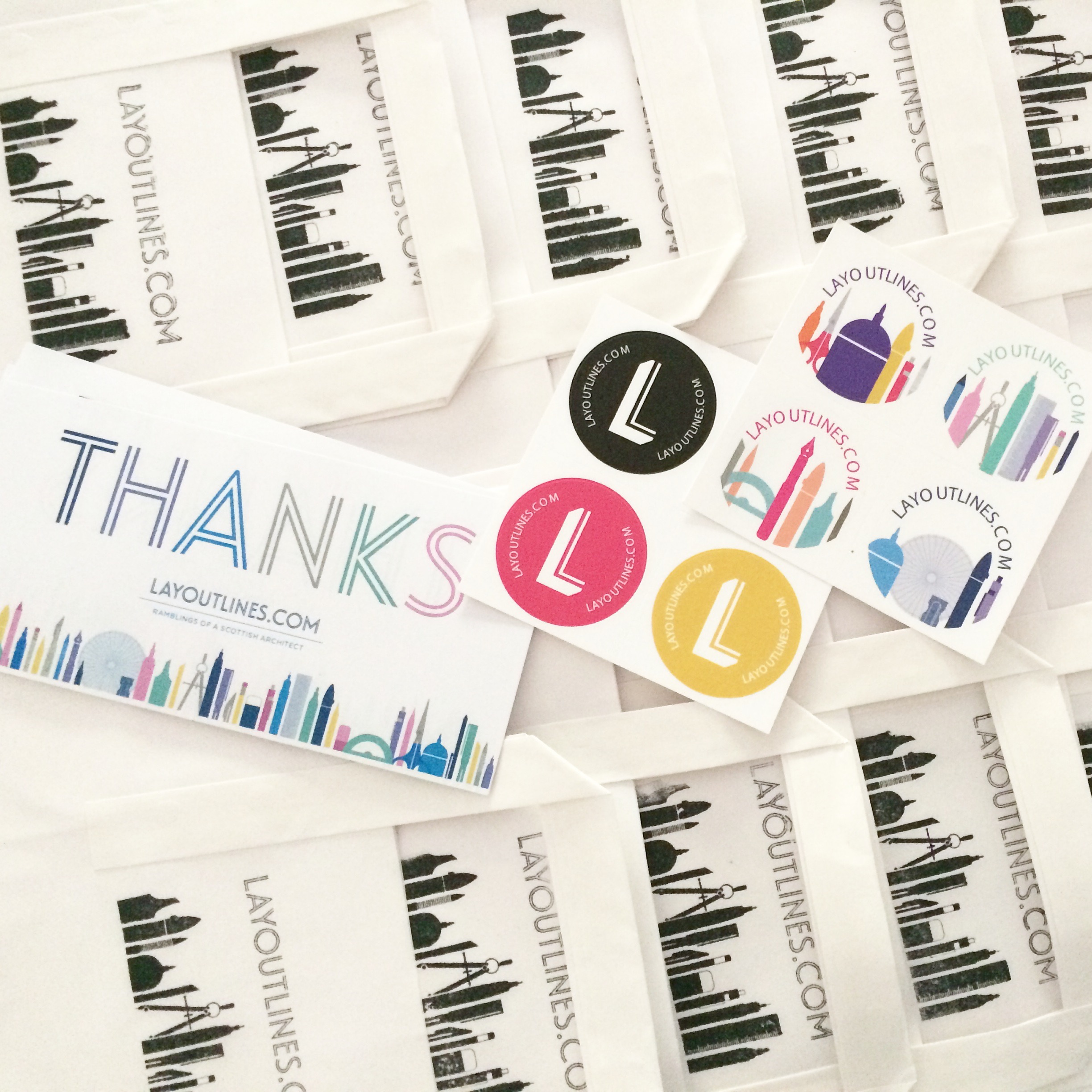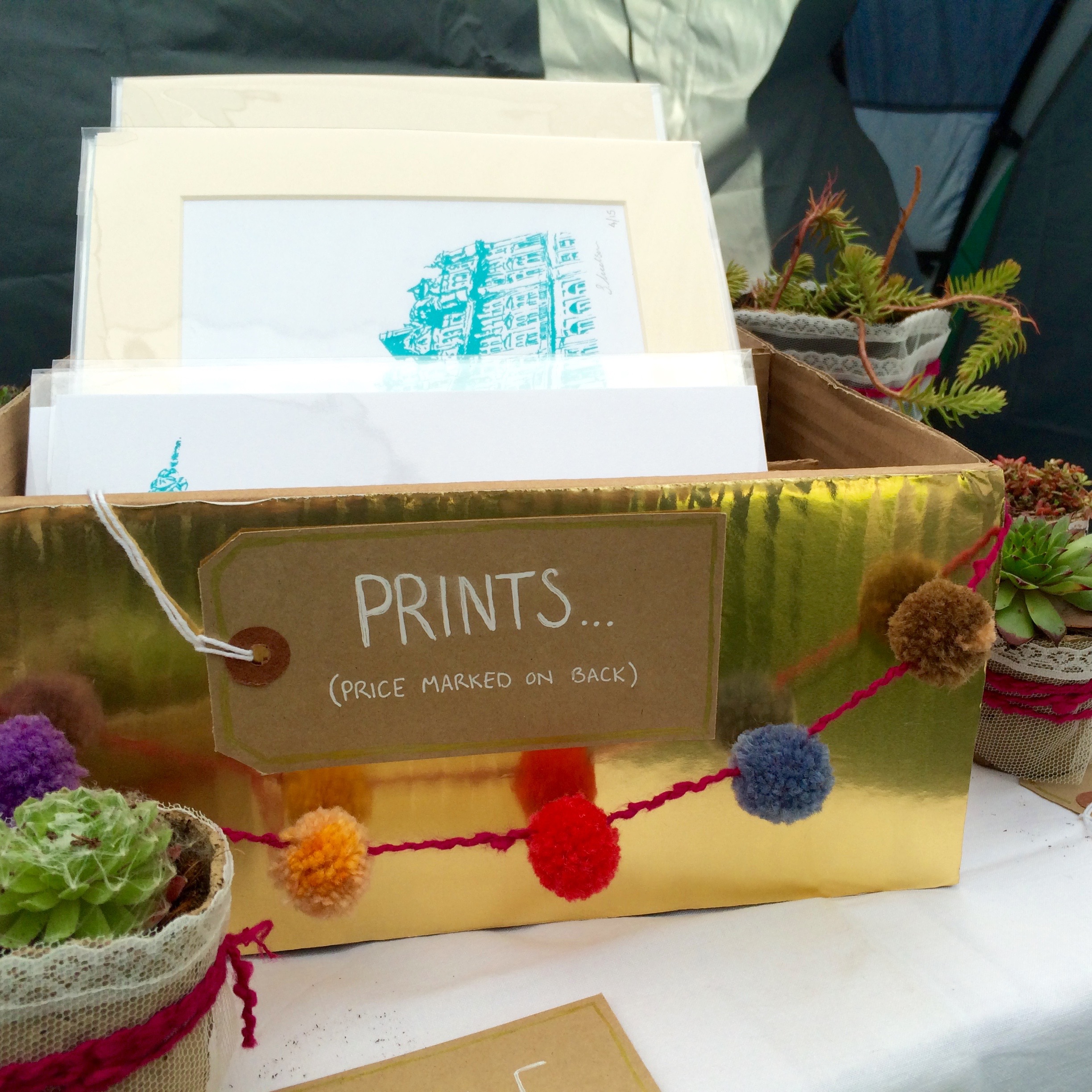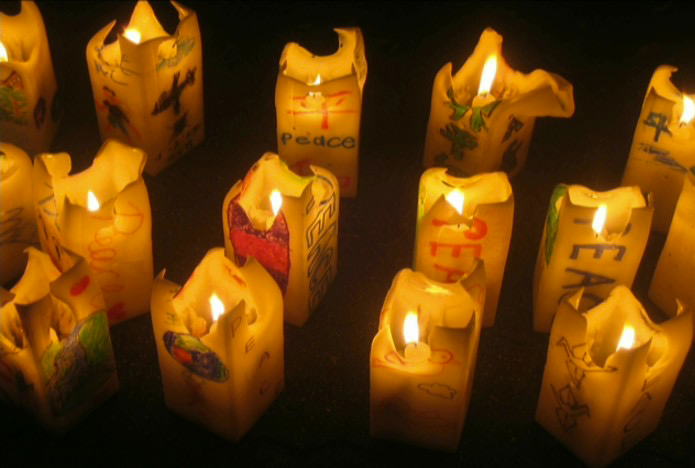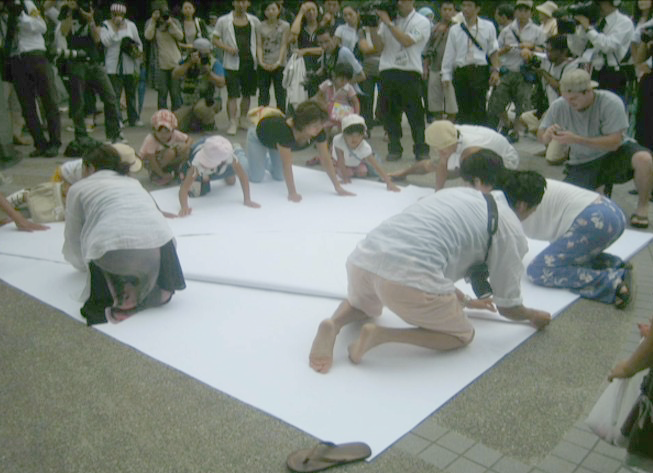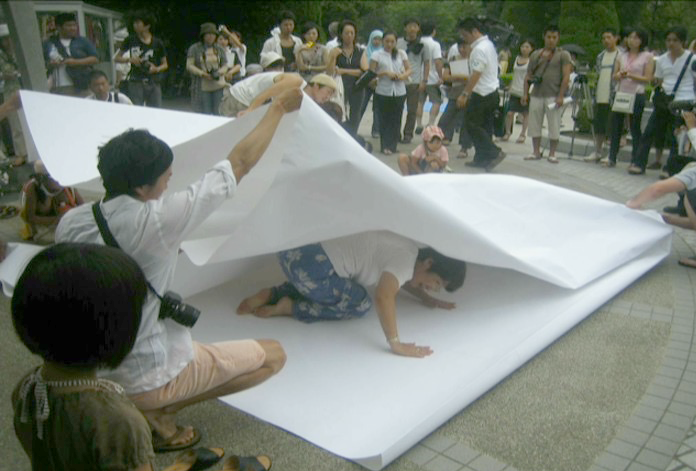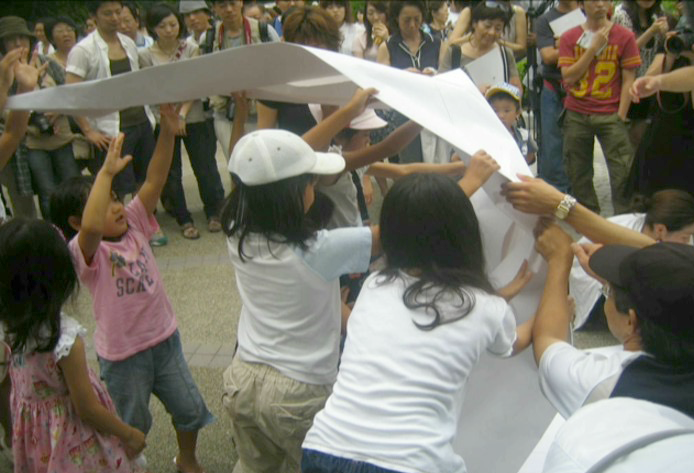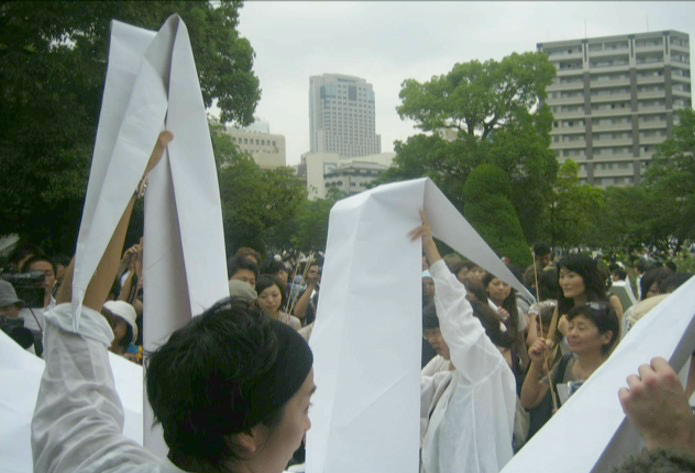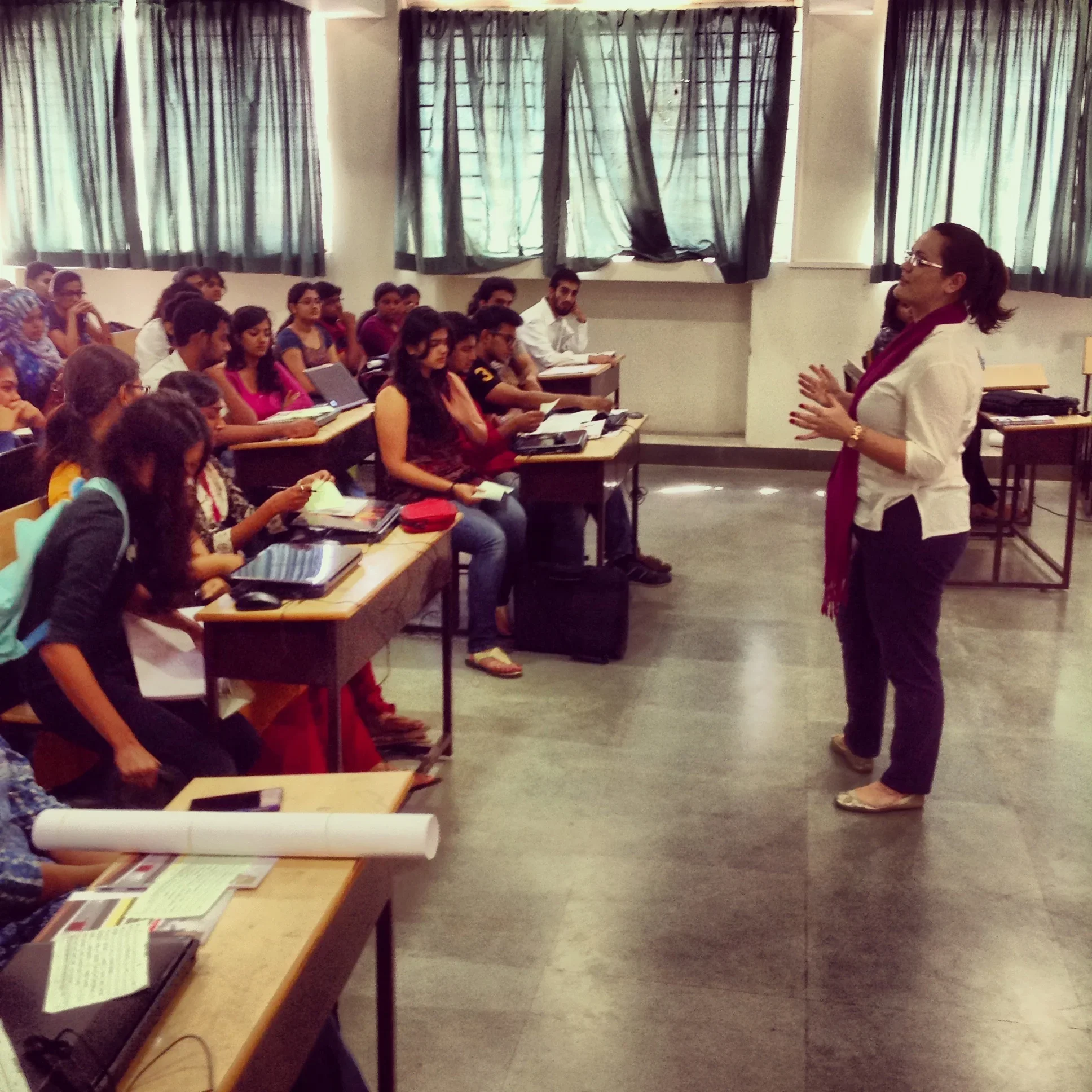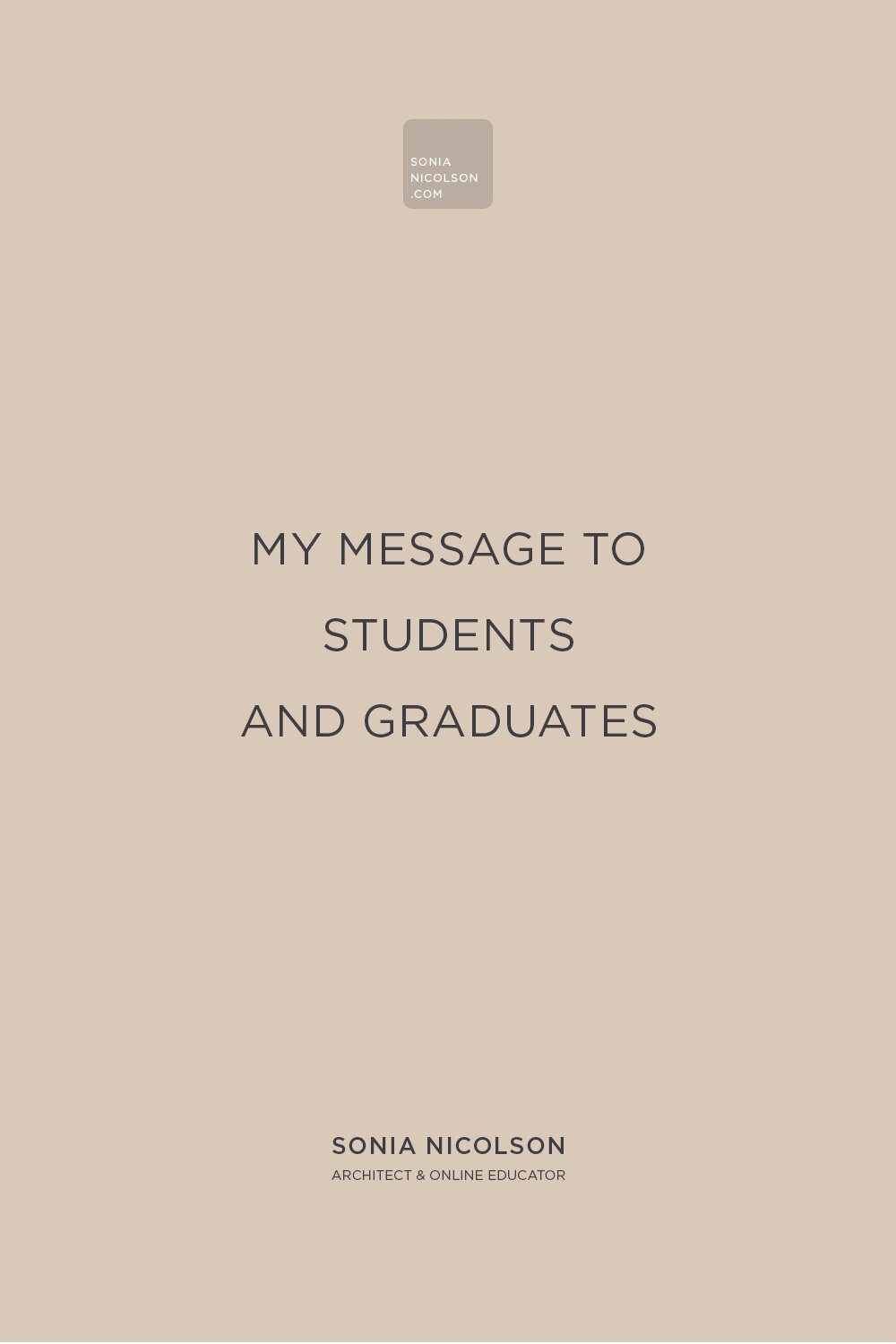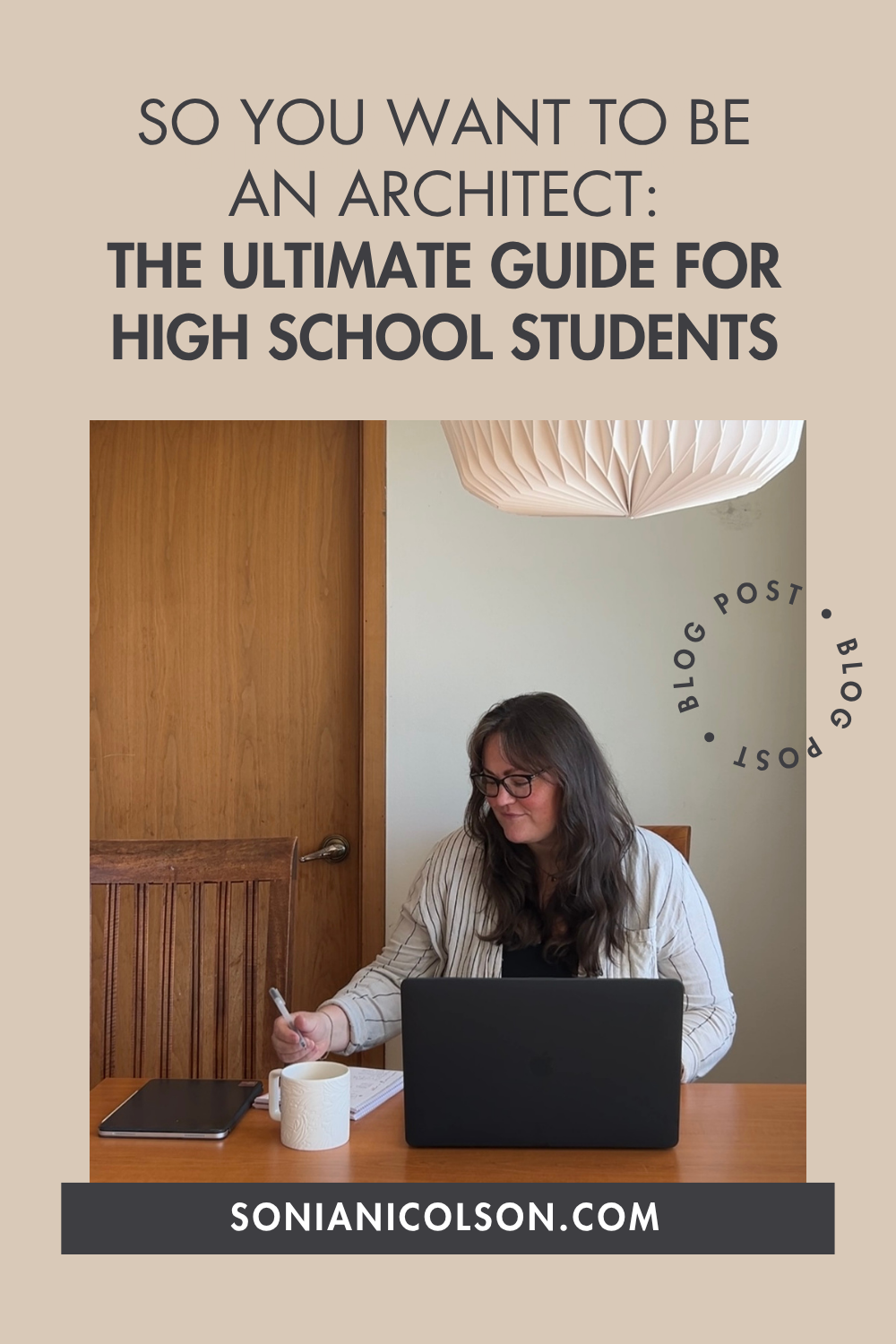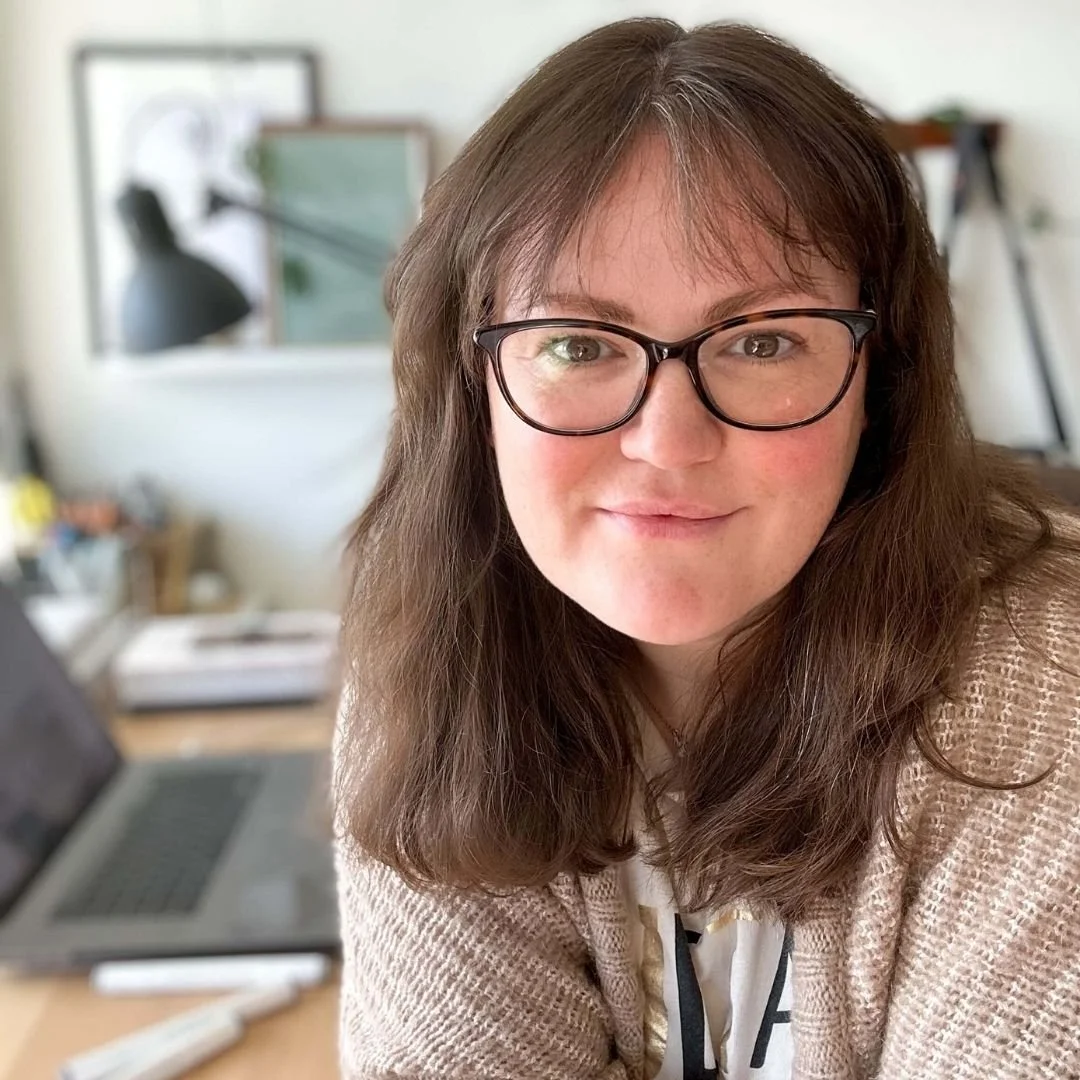The General Design & Inspiration Booklist
/This is my 'coffee table' selection of books that I love to sit down and have a flick through with a hot cup of coffee under a cozy blanket on the sofa. When I have a new project or are looking for inspiration, I love to sit and flick through books, get ideas and it always helps me feel re-motivated. Some of the lists below are books from my university days and others more recent, some you might have read or heard of, and others are well worth looking up.
Kate Spade. (2013) Things We Love: Twenty Years of Inspiration, Intriguing Bits and Other Curiosities, Kate Spade New York
Amoruso, S. (2014) #GIRLBOSS, Portfolio Penguin
Becker, H. (2011) Decorate: 1000 professional design ideas for every room in the house, Jacqui Small LLP
Bowkett, S. (2013) Archi-Doodle: An Architects Activity Book, Laurence King
Frederick, M. (2007) 101 Things I Learnt in Architecture School, MIT Press
Schumacher E F. (1988) Small Is Beautiful, Abacus
Banham, O. (1980) Theory And Design In The First Machine Age, MIT Press
Wilson, R. (2010) Soulpancakes: Chew on Life's Big Questions, Hyperion Books



